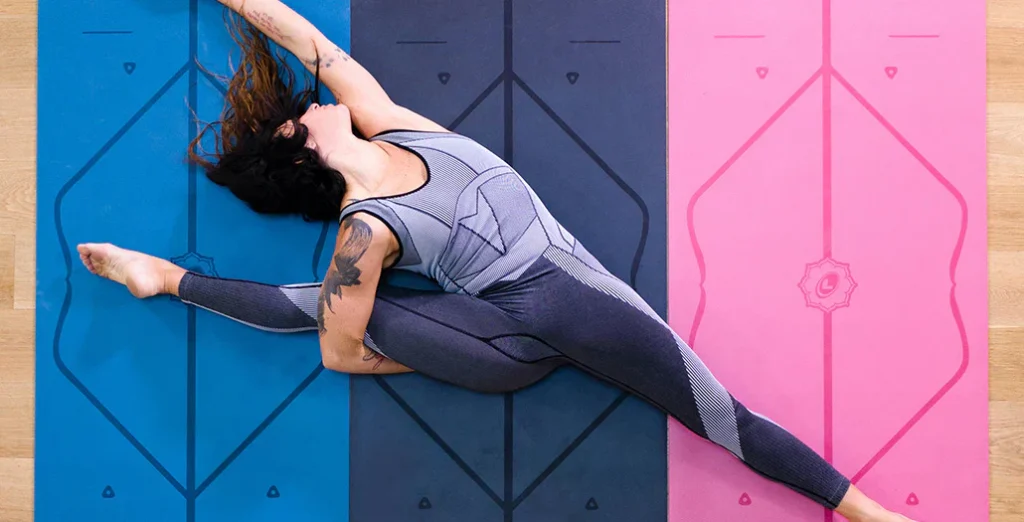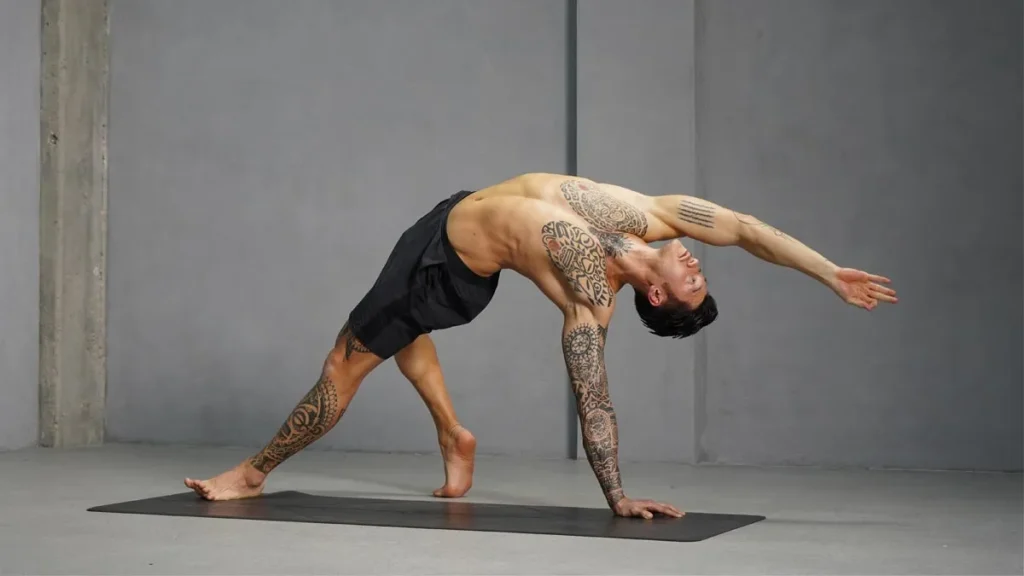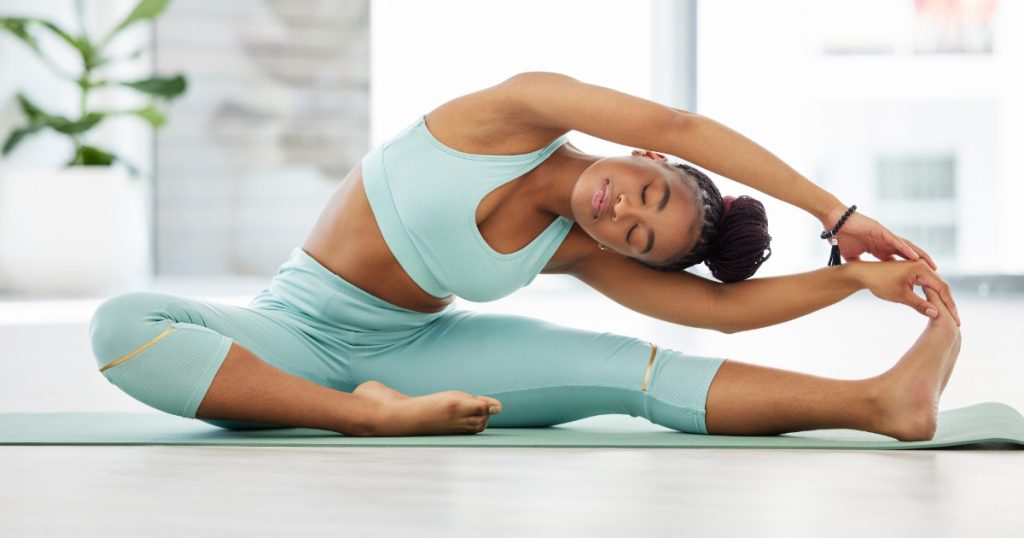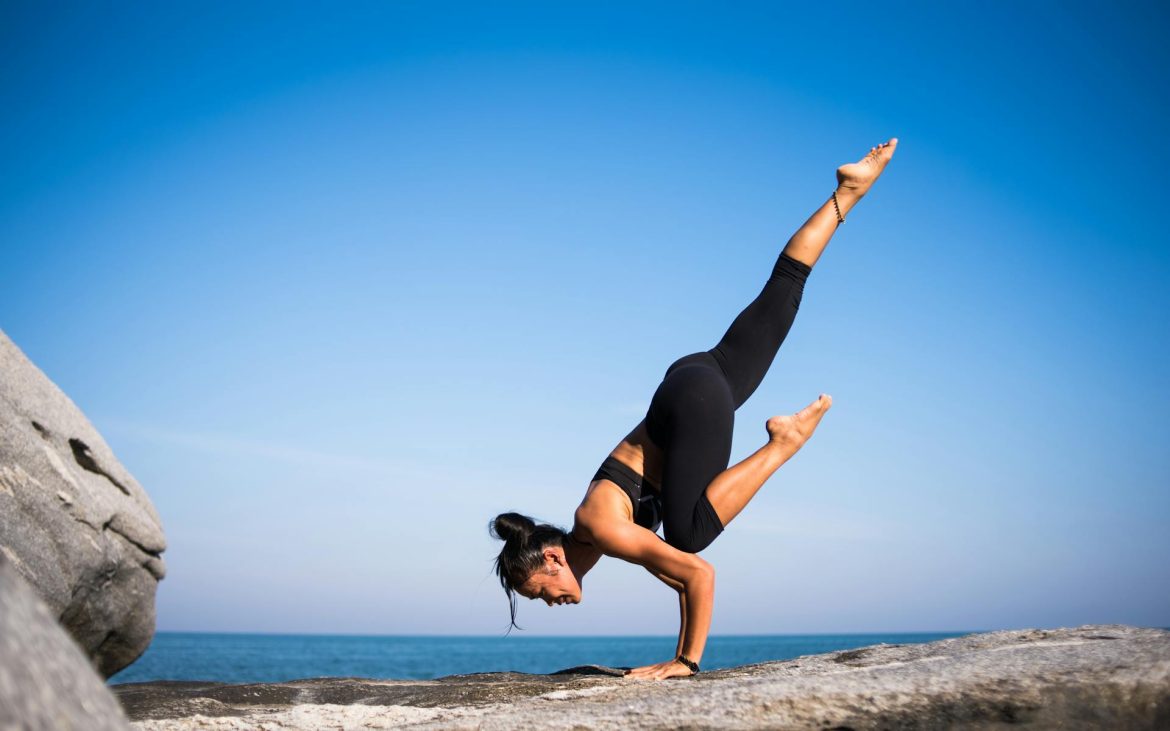Yoga, an ancient practice rooted in Indian philosophy, has gained widespread popularity in modern times for its numerous health benefits. Among these benefits, enhanced flexibility is one of the most celebrated outcomes. This article delves into the relationship between yoga and flexibility, exploring how yoga can improve physical pliability, reduce the risk of injury, and contribute to overall well-being.

Understanding Flexibility
Flexibility refers to the ability of muscles and joints to move through their full range of motion. It is a crucial component of physical fitness, impacting posture, balance, and overall movement efficiency. Flexibility is influenced by several factors, including genetics, age, gender, and physical activity levels. While some people are naturally more flexible, anyone can improve their flexibility with consistent practice and proper techniques.
The Role of Yoga in Enhancing Flexibility
Yoga is renowned for its ability to improve flexibility through a combination of stretching, strengthening, and relaxation techniques. Here’s how yoga contributes to enhanced flexibility:
- Stretching and Lengthening Muscles: Yoga poses (asanas) involve stretching muscles, which helps lengthen them over time. Poses like the Forward Bend (Uttanasana) and Downward-Facing Dog (Adho Mukha Svanasana) specifically target hamstrings, calves, and back muscles, promoting flexibility in these areas.
- Joint Mobility: Yoga encourages joint mobility by moving joints through their full range of motion. This helps maintain and even improve joint health, reducing stiffness and increasing flexibility. Poses like the Warrior series (Virabhadrasana) and Sun Salutations (Surya Namaskar) involve dynamic movements that enhance joint flexibility.
- Balancing Strength and Flexibility: Unlike static stretching, yoga balances strength with flexibility. Many yoga poses require holding positions that build muscle strength while simultaneously stretching. This balance prevents overstretching and potential injuries.
- Mind-Body Connection: Yoga emphasizes the mind-body connection, encouraging practitioners to focus on their breath and bodily sensations. This mindfulness helps individuals understand their limits and progress gradually, promoting safe and effective flexibility improvement.
- Consistency and Patience: Flexibility improvements require consistency and patience. Regular yoga practice, even if it’s just a few times a week, can lead to significant gains in flexibility over time. The key is to practice regularly and mindfully, allowing the body to adapt and progress at its own pace.

Health Benefits of Improved Flexibility Through Yoga
Enhanced flexibility achieved through yoga offers a multitude of health benefits, impacting both physical and mental well-being:
- Reduced Risk of Injury: Improved flexibility helps prevent injuries by allowing muscles and joints to move freely without strain. Flexible muscles are less likely to tear or become injured during physical activities.
- Better Posture and Alignment: Flexibility in the muscles and joints contributes to better posture and body alignment. Yoga strengthens the core and lengthens the spine, reducing the risk of developing poor posture-related issues like back pain and muscle imbalances.
- Enhanced Athletic Performance: For athletes and active individuals, increased flexibility can enhance performance by improving range of motion and functional movement. Yoga can complement other forms of exercise by promoting muscle balance and joint health.
- Reduced Muscle Tension and Pain: Regular yoga practice can alleviate muscle tension and reduce chronic pain. Poses that stretch and relax muscles help release tightness and improve circulation, leading to reduced discomfort and enhanced physical comfort.
- Stress Relief and Mental Clarity: Yoga’s focus on mindfulness and breath control promotes relaxation and reduces stress. The practice of yoga can lead to mental clarity, improved concentration, and a sense of calm, contributing to overall mental well-being.
Practical Tips for Incorporating Yoga into Your Routine
To maximize the benefits of yoga for flexibility, consider the following tips:
- Start Slow: If you’re new to yoga, begin with beginner-friendly classes or videos. Focus on learning proper alignment and gradually progress to more advanced poses.
- Consistency is Key: Aim to practice yoga regularly, even if it’s just for a few minutes each day. Consistency will yield better results than sporadic, intense sessions.
- Listen to Your Body: Pay attention to your body’s signals and avoid pushing too hard. Flexibility improves gradually, and overexertion can lead to injury.
- Use Props: Don’t hesitate to use props like blocks, straps, and bolsters to support your practice. Props can help you achieve proper alignment and deepen stretches safely.
- Combine with Other Activities: Yoga can complement other forms of exercise like strength training, running, or cycling. Incorporating yoga into your routine can enhance overall physical fitness and flexibility.

Conclusion
Yoga offers a holistic approach to improving flexibility, benefiting both the body and mind. By incorporating regular yoga practice into your routine, you can enhance muscle pliability, joint mobility, and overall physical health. The mindful nature of yoga also promotes mental clarity and stress relief, making it a powerful tool for achieving balanced well-being. Whether you’re a beginner or an experienced practitioner, yoga can unlock the path to greater flexibility and a healthier, more fulfilling life.


